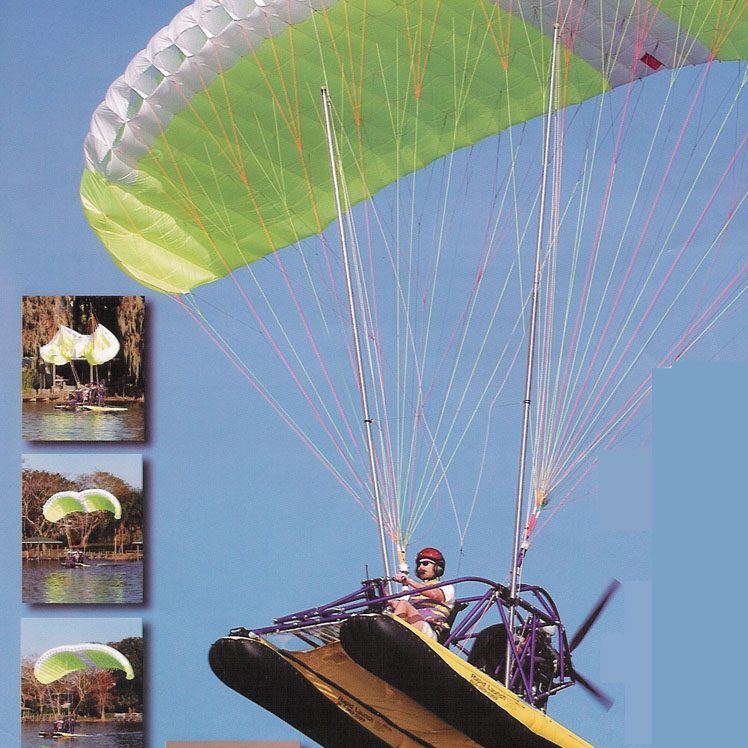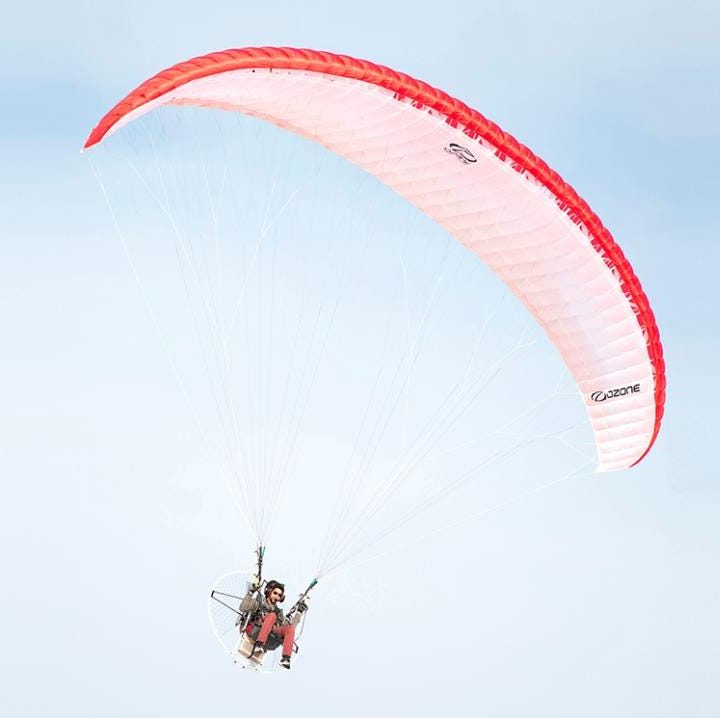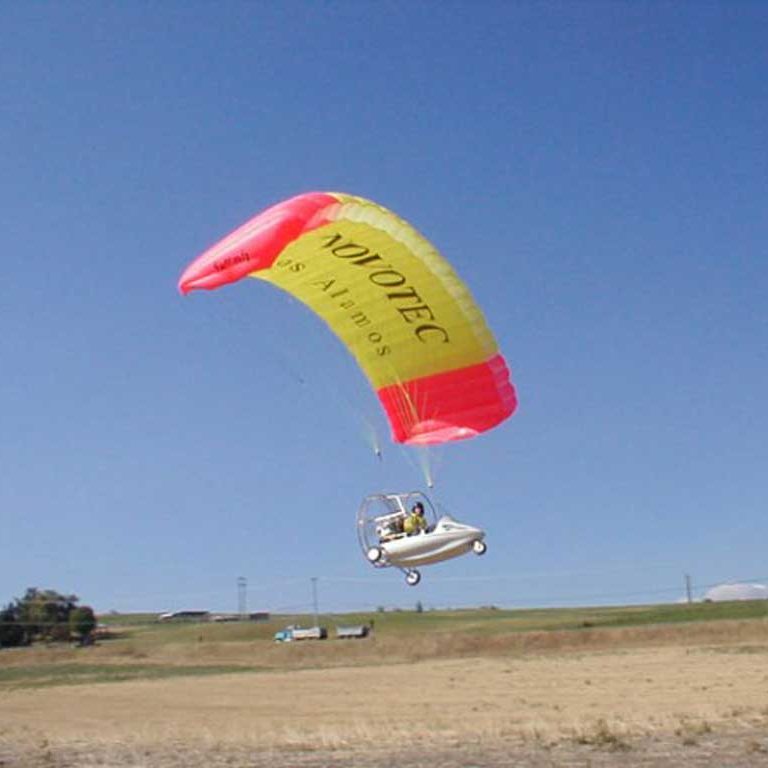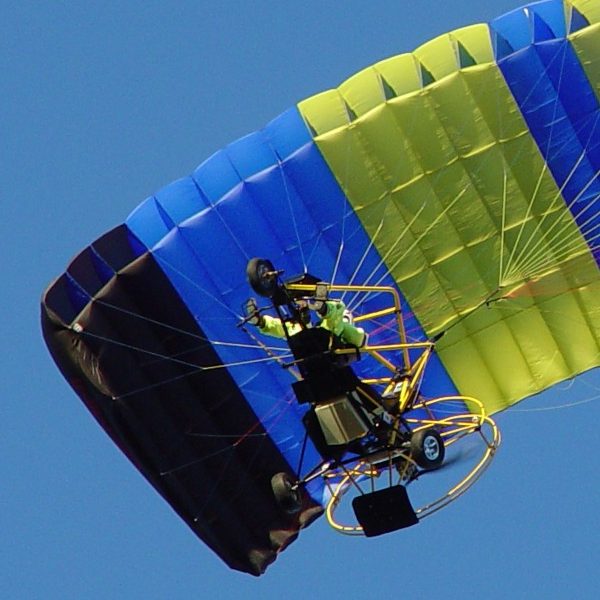Introduction to Powered Parachutes
Powered parachutes, also known as power parachutes or powered paragliders, represent an exciting niche in the world of aviation. These aircraft blend the simplicity of parachuting with the thrill of powered flight. A powered parachute consists of a parachute canopy and a motorized unit, allowing for takeoff, flight, and landing with relative ease. This unique configuration offers a delightful flying experience, making it accessible for various skill levels. In this article, we will explore the history of powered parachutes, their design and features, how to fly one, safety considerations, training requirements, and where to find powered parachuting experiences.
Understanding powered parachutes helps illuminate their appeal and distinct place in aviation.
The History of Powered Parachutes
Early Developments in Parachuting
The concept of parachuting has existed for centuries, dating back to early designs attributed to inventors such as Leonardo da Vinci. Modern parachuting began to emerge in the 20th century, primarily for military purposes and later for recreational use. However, the integration of power into parachuting took time to develop.
In the 1980s, forward thinkers started experimenting with attaching small engines to parachute canopies. Early models were rudimentary but paved the way for improved designs and functionality. These early powered parachutes offered pilots the ability to take off and fly with greater control and endurance than traditional free-fall parachuting.

The Rise of Powered Parachuting
By the 1990s, powered parachutes began to gain broader acceptance among aviation enthusiasts. As advancements in technology improved engine efficiency and canopy design, these aircraft became more accessible to the general public. The lightweight construction of powered parachutes made them easier to transport, allowing for increased visibility and interest in recreational flying.
A growing community of pilots and enthusiasts began showcasing powered parachutes at airshows and events, further popularizing the activity. As more individuals shared their experiences, the demand for powered parachuting training and gear increased, cementing its place in the recreational aviation industry.
Design and Features of Powered Parachutes
Structure and Components
A powered parachute consists of two primary components: the canopy and the power unit. The canopy resembles a parachute and is typically made from lightweight, durable fabric. It is available in various shapes and sizes, each affecting performance and flying characteristics.
The power unit, usually mounted on a lightweight frame, includes an engine, propeller, and harness for the pilot. The engine provides propulsion, allowing the powered parachute to ascend and remain airborne. Together, these components create a unique flying experience characterized by simplified operation and increased safety.
Performance Characteristics
Powered parachutes are known for their excellent stability and easy maneuverability. Unlike traditional aircraft, they have a relatively slow flight speed, making them ideal for beginners. The combination of the open cockpit and unobstructed views enhances the overall flying experience.
Another noteworthy feature is the short takeoff and landing capability. Powered parachutes can launch and land in smaller spaces, requiring less infrastructure than traditional airfields. This versatility opens up a range of flying locations, from open fields to scenic landscapes, allowing pilots to explore new areas more easily.

How to Fly a Powered Parachute
Getting Started: Pre-Flight Preparation
Before flying a powered parachute, proper preparation and training are essential. Pilots should begin by reviewing the operating manual specific to their model, understanding its components, capabilities, and limitations.
Next, consider the weather conditions for your flight. Ideal conditions include clear skies and light winds. Windy or turbulent conditions can negatively impact flight comfort and control. Conduct a thorough pre-flight inspection, checking the canopy, harness, and engine for any potential issues.
Basic Flying Techniques
Once in the air, flying a powered parachute requires a combination of throttle control, steering, and gentle maneuvers. Pilots should gradually increase the throttle to take off smoothly, allowing the canopy to inflate fully. Once airborne, slight adjustments in throttle and weight shifting enable pilots to navigate and maintain altitude.
Steering is typically achieved through the wing risers—straps connecting the pilot to the canopy. Pulling on one side allows the pilot to turn in that direction. It is crucial to maintain constant awareness during flight. Regular practice helps develop skills and boosts confidence.
Safety Considerations in Powered Parachuting
Understanding Risks and Precautions
Like any form of aviation, powered parachuting carries inherent risks. It is important for pilots to be aware of potential hazards and take appropriate precautions. One of the primary risks involves weather conditions. Sudden gusts of wind or thunderstorms can create dangerous flying situations, so always check the weather before attempting a flight.
Additionally, pre-flight inspections and maintenance are critical in ensuring safety. Regularly checking the canopy for wear, ensuring that all components are functioning correctly, and addressing any mechanical issues will minimize the risk of accidents.
Emergency Procedures
Pilots should familiarize themselves with emergency procedures specific to powered parachuting. In the event of engine failure, it is essential to know how to glide the parachute safely to the ground. Practicing emergency landing techniques and responding effectively can make a significant difference in adverse situations.
Having a communication device on hand can also enhance safety during flights, allowing pilots to report any problems or emergencies. Many experienced pilots recommend flying with a buddy or in groups, as this creates a support system in case of emergencies.

Training Requirements for Powered Parachuting
Finding a Certified Instructor
To ensure safety and proficiency, potential powered parachute pilots should seek training from certified instructors. Many flight schools offer specialized courses that cover ground school concepts and practical flight training. These courses typically include instruction on equipment operation, environmental awareness, and emergency procedures.
It is crucial to choose an instructor who is knowledgeable and experienced in powered parachuting. A well-structured training program will help build foundational skills necessary for safe flight. Additionally, flying with an instructor allows new pilots to gain confidence in a controlled environment.
Certifications and Licenses
While some regions do not require a specific license for powered parachuting, obtaining proper certification can enhance a pilot’s credibility and skills. In the United States, the Federal Aviation Administration (FAA) oversees training and certification for various aviation activities. Pilots may pursue an ultralight certification or seek a private pilot’s license, both of which can provide valuable credentials.
Completing a training program and obtaining appropriate certifications demonstrates a commitment to safety and responsible flying practices. It also equips pilots with the knowledge needed to navigate various flying environments confidently.
Where to Experience Powered Parachuting
Local Flight Schools and Clubs
Individuals interested in powered parachuting can find local flight schools and clubs offering experiences and training. Many flight schools provide introductory flights, allowing newcomers to experience powered flight without committing to a lengthy course.
Participating in local clubs can also enhance the powered parachuting experience. Clubs often organize group flights, events, and workshops that foster camaraderie among enthusiasts. Joining a community of like-minded individuals can provide ongoing support and growth opportunities.
Adventure Tourism Offerings
Powered parachuting has also become popular in adventure tourism. Many resorts and outdoor adventure companies offer powered parachute experiences as part of their adventure packages. These flights enable individuals to explore scenic landscapes while enjoying the thrill of powered flight.
Tour operators typically provide guidance and instruction, ensuring guests understand the equipment and safety protocols. This allows everyone—from beginners to experienced flyers—to enjoy breathtaking views and the excitement of flying.
The Future of Powered Parachuting
Innovations in Technology
As technology continues to advance, powered parachuting may see improvements in design, safety, and performance. Innovations in lightweight materials, engine efficiency, and control systems can make powered parachutes even more accessible and enjoyable for a wider audience.
Additionally, the growth of electric powered parachutes is a promising development. These environmentally friendly options offer the potential for quieter flight and reduced environmental impact, making it appealing to both pilots and the communities in which they fly.
Growing Popularity and Community Engagement
The powered parachuting community is likely to expand in the coming years, driven by increased awareness and interest. As more individuals seek unique and rewarding experiences, powered parachuting offers an accessible entry point into aviation.
Community engagement through workshops, demonstrations, and competitions can further promote the sport of powered parachuting. Encouraging youth involvement and creating pathways for new enthusiasts strengthens the community and ensures its continued growth.
Conclusion: The Thrill of Powered Parachutes
In conclusion, powered parachutes offer a thrilling and unique adventure, marrying the excitement of aviation with the joy of flight. With rich historical roots, a diverse community, and numerous safety measures in place, powered parachuting is both accessible and rewarding for enthusiasts of all skill levels.
As technology advances and the interest in powered flight grows, powered parachutes are poised to remain a beloved option for those seeking adventure in the skies. Whether pursuing training, seeking an adrenaline rush, or exploring picturesque landscapes, powered parachutes provide an unforgettable experience filled with excitement and freedom.
Embrace the thrill of powered parachuting, and discover the beauty of flight with this exhilarating form of aviation!
